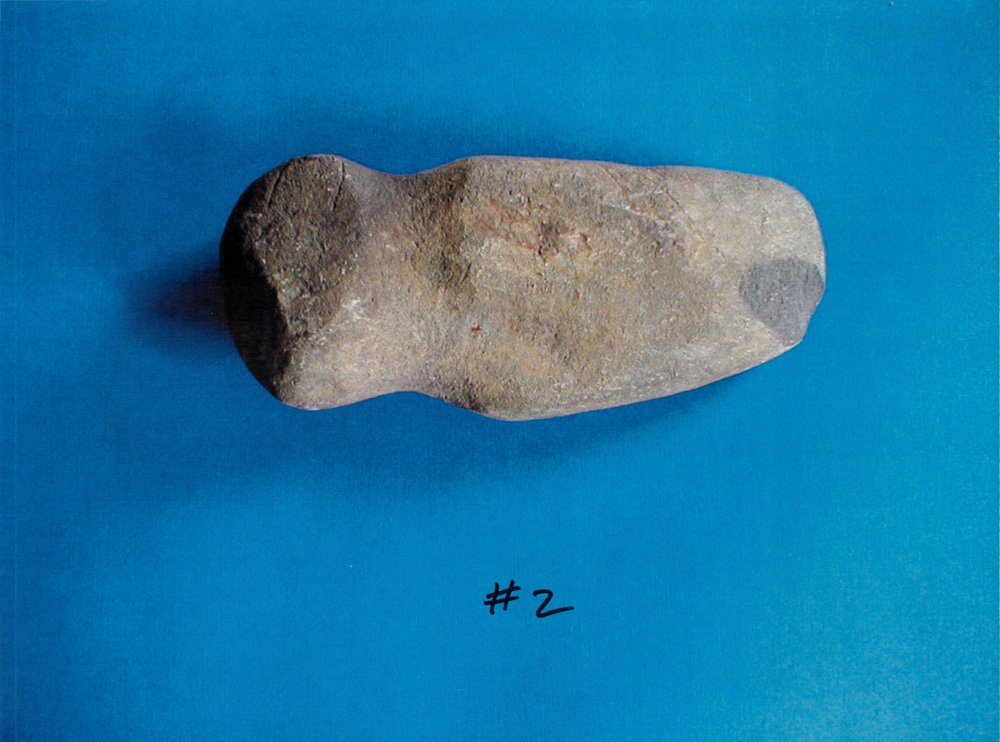2. Lenni Lenape: The First Agricultural Innovators
What’s growing here? Corn, beans, and squash
The legacy of agriculture in New Jersey begins with New Jersey’s earliest and longest inhabitants, the Lenni Lenape Native Americans. Women were the primary agriculturalists in Lenape communities, tending the land while men hunted and fished.
Lenape cleared land for agriculture by girdling trees. They would use an ax, adze, or blade to strip a tree of bark in a narrow ring around the trunk. Over time, this wound would kill the tree and it would fall. Lenape also engaged in clearing land by burning.
Once cleared, Lenape farmers would use crooked sticks, honed stone hoes, or the shoulder blades of deer to till the soil and plant crops. The Lenape, and Native Americans generally, domesticated many of the crops familiar to the American palate today. They planted corn, beans, and squash together, which they referred to as the “Three Sisters.” The three plants grew in harmony with each other, the corn stalk providing a ladder for the bean vine and the low-to-the-ground squash plant holding moisture at the base of the stalk. Early European settlers mimicked this Lenape innovation. Indeed, scholars estimate that close to one-third of modern American agricultural products and practices may have originated with Native American farming innovators.
Interpretive signage adjacent to the corn crib provides more information about Lenape life in New Jersey, past and present.

The Lenape could have used this sedimentary grooved axe to girdle trees, in order to clear land for agriculture. The Updike family discovered this 3,000 to 6,000-year-old artifact in the fields of the farm behind you.
Updike Archaeology Collection.
Collection of the Historical Society of Princeton